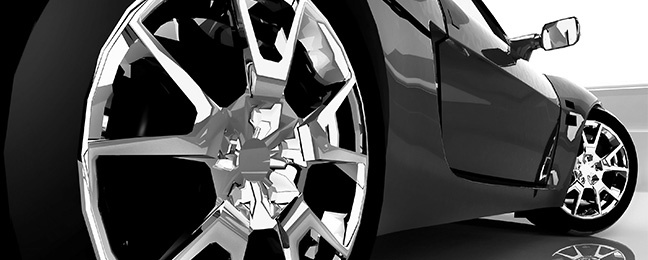Oftentimes we don't look for the spare tire in our vehicles until we are on the side of the road with a flat tire. Once in that situation you may be checking frantically for it. You check the trunk or rear cargo area, under the rear of the vehicle but it is nowhere to be found. It may be that you are one of many consumers that have purchased a vehicle without a spare tire. AAA has noticed the growing trend of vehicles without spare tires and reports the trend is likely to continue in a recent article online
With Fuel economy increases mandated, manufacturers are looking for ways to make cars lighter. Removing the spare, and the associated equipment for replacing it, is a cheap way to save some weight. It also seems like it has become an opportunity to up sell customers, as there are a number of vehicles where the spare tire is an option with cost associated.
Oftentimes a tire inflation and sealant kit is provided by the manufacturer in place of a spare tire. This would work well for a small puncture or a slow leak, however it is hard to see how that kit helps you if you have significant tire damage. If you blow out a sidewall in a pothole or have significant rim damage to a wheel, that tire and sealant is not going to help you out much at all.
In most instances, when a vehicle is equipped with run-flat tires it does not come standard with a spare, and may not even have the option of adding a spare tire. Run-flat tires are an interesting technology that has some very appealing safety benefits. In the event of sudden and complete loss of tire pressure you are likely to be able to control the car, possibly avoiding an accident that could cause severe injury or death. Think of this happening on a busy highway, at high speeds, and you can see why many fans of the technology view it as a lifesaver. Run-flats also give you the ability to drive a good distance (oftentimes 100-125 miles) with zero tire pressure to get to a service center or just to a safe place to pull over.
There are some cons to consider with run-flat tires. They are an expensive technology when it comes time to replace them, often running double the cost or more of conventional tires. Some manufacturers' run-flat tires can be very hard to locate, especially if you are traveling in a rural area when you break down. Consider too that, if you run them flat for their maximum distance, the tire generally needs to be replaced. Some consumers have reported issues with their run-flat tires wearing out faster then conventional tires with a similar mile rating.
What are your thoughts? Do you think that a spare tire is necessary? Even with some of the new technology available for tires, would you prefer to have a spare on board just in case it is needed? Would this factor into your purchasing choices when it comes to buying a vehicle? Please, share your thoughts on the subject in the comments below!
If you are interested in VIN decoding tire and safety information for vehicles in your inventory please click on one of the two below links for more details on DataOne Products that can help.
VIN Decoder API
VIN Referenced Vehicle Features and Specs
